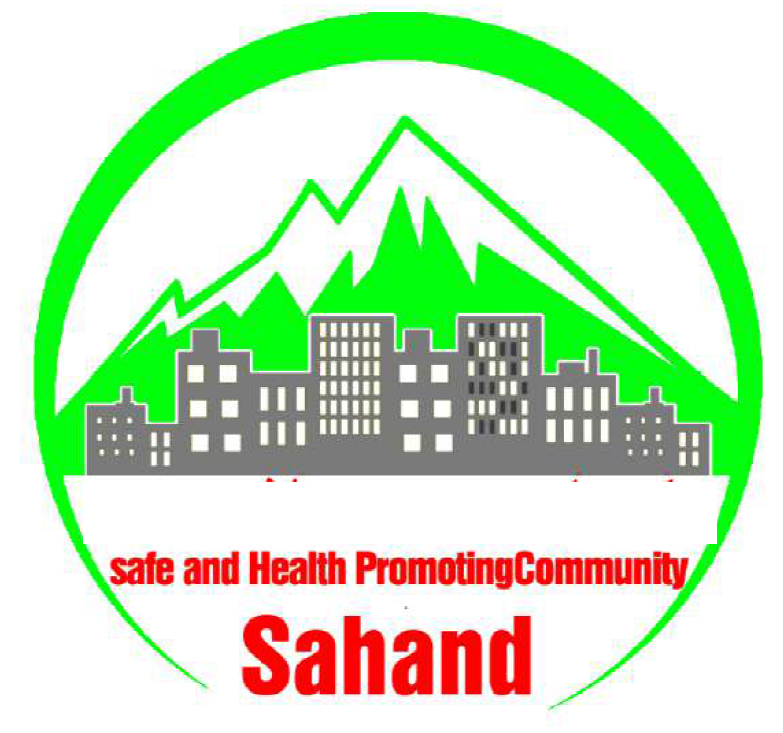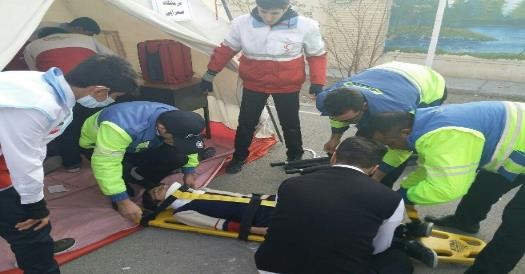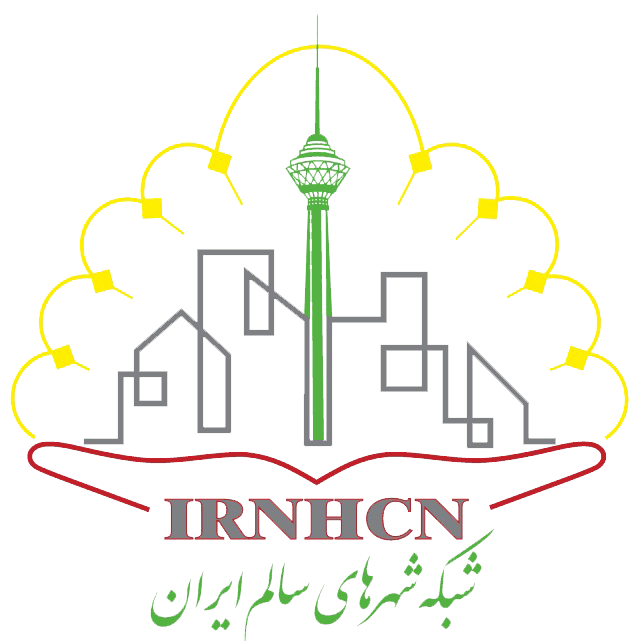Emergency Preparedness

Category Health Promoting Schools , Community Participation , Intersectoral collaboration , Public Empowerment , Emergency Preparedness , City Resilience , Local Skills Development
City : Sahand
Date started and scope of work
Regarding Healthy City program launching in Sahand city and its emphasis on emergency preparedness, the activities of the Crisis Management Committee of the city have been expanded since 2017 with the approach of providing infrastructure and equipment and maintaining preparedness for crisis and emergency situations.
Implementation process
Sahand Crisis Management Committee works under the command of the governor and the presence of relief organizations including medical emergency services, fire-fighting, Red Crescent, health network and related organizations in the city. The committee is responsible for policy-making to identify potential hazards, providing infrastructure and equipment, maintain readiness, and general population empowerment.
Activities include:
- Hazardous points identifying
Assessment and identification of high-risk points was done by Sahand Civil Development Company and Municipality and the reports were presented at the meeting of the Crisis Committee. The identified points are prioritized and the necessary predictions for eliminating high-risk places or securing them are planned and implemented by the municipality or Sahand Civil Development Company. Also, the program of reducing structural and non-structural vulnerabilities in organizations, especially in health centers, has been implemented in accordance with the executive instructions in cooperation with the Disaster Risk Management Group of the Oskou Health Network.

Providing infrastructure and equipment:
Providing required infrastructure and equipment for emergency situations such as forecasting temporary accommodation area and providing related equipment are among the harm reduction strategies. Hasht Behesht cultural, sport and recreational complex has been considered as the main temporary accommodation in the Sahand, in addition to the sports gyms that have the necessary infrastructure. Hasht Behesht complex has two access roads and is located in a safe area in terms of topography. Emergency facilities such as helicopter pad, drinking water, emergency electricity, toilets, safe gathering place, sports facilities such as: tennis, volleyball, equestrian, cycling, telecom telecommunication tower, restaurant and canteen, Meeting and conference hall, resilient pavilions, green space, camping facilities, retrofitted buildings, etc. are considered in this complex to be used in emergency. Also, the necessary arrangements have been made regarding the supply of basic relief equipment in the event of a crisis, and all the necessary supplies and devices have been located and tested in the minimum time.


Maintaining the readiness of the relief forces
In this regard, and with the aim of strengthening the scientific and technical skills of the relief forces, field maneuvers are designed annually (at least two rounds) by developing various scenarios such as fire, earthquake and biological crises and based on the instructions of the Crisis Response Program (EOP) and with the participation of important departments including the Red Crescent, fire department, education, municipality, civil company and the city's health network have been trained

Public empowerment:
In order to empower different groups of people in the field of preparation for critical and emergency situations, various programs including firefighting skills training in residential complexes, offices and schools by the fire department, first aid classes for women in mosques, students in schools by Emergency and Red Crescent were held. Also, every year, educational maneuvers with various critical issues such as earthquakes, fires, etc. were held in schools to improve the skills of students and school officials. Moreover, the assessment of households' readiness for emergency situations was evaluated every year by Sahand Health Center and based on the results, the necessary trainings were provided for households.


.
Related pictures

Outcome
1- Identifying potential hazards in the region and prioritizing and weighing the hazards to prepare
2- Providing the necessary infrastructure and equipment for critical situations in the city
3- Purchasing and deputing equipment of operational teams and training and upgrading their scientific and technical skills by conducting field maneuvers
4- Structural, non-structural and functional evaluation of health units and safety promotion in order to reduce the vulnerability of the centers
5- Empowering different groups of people to deal with events and crises

